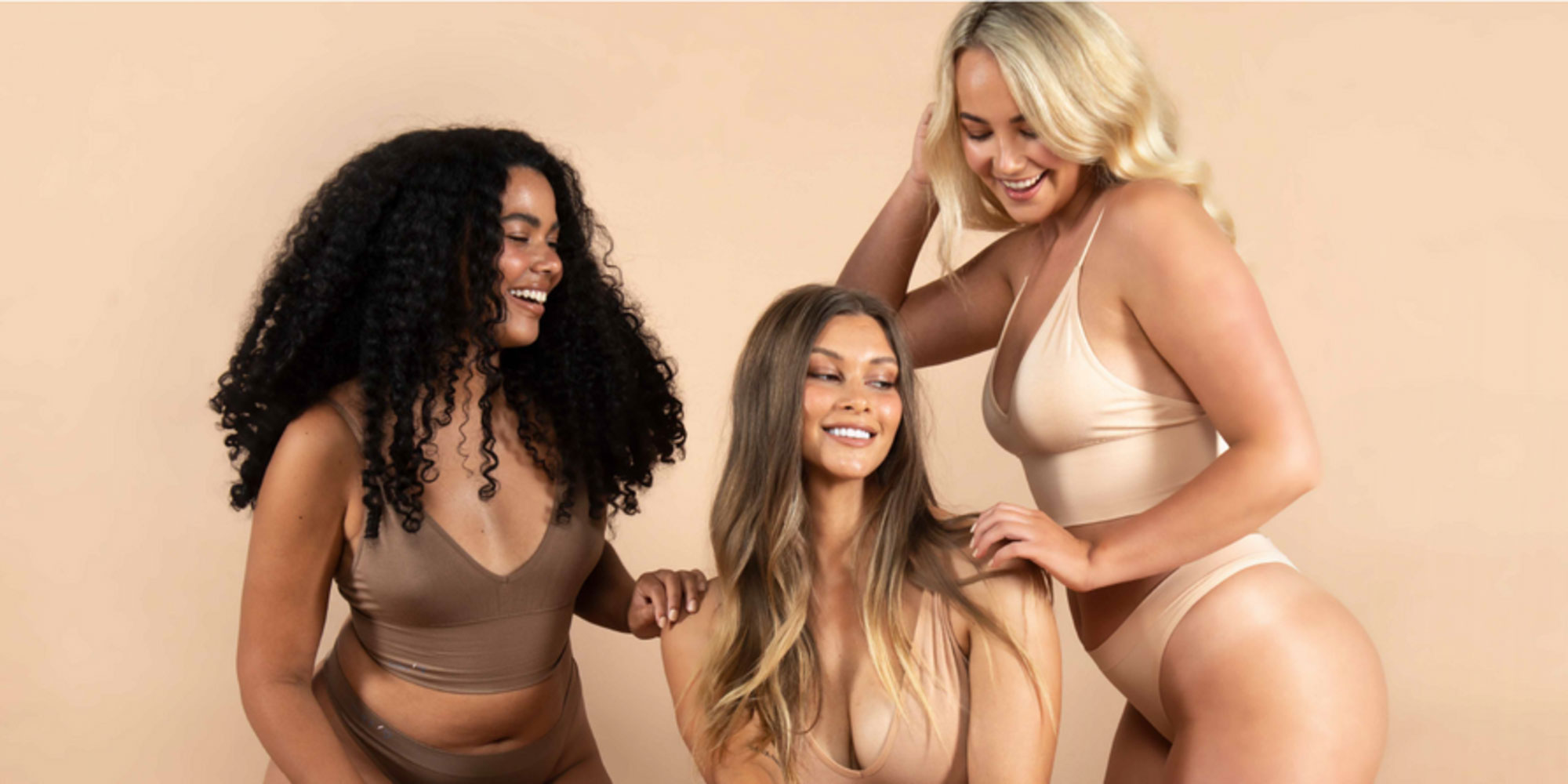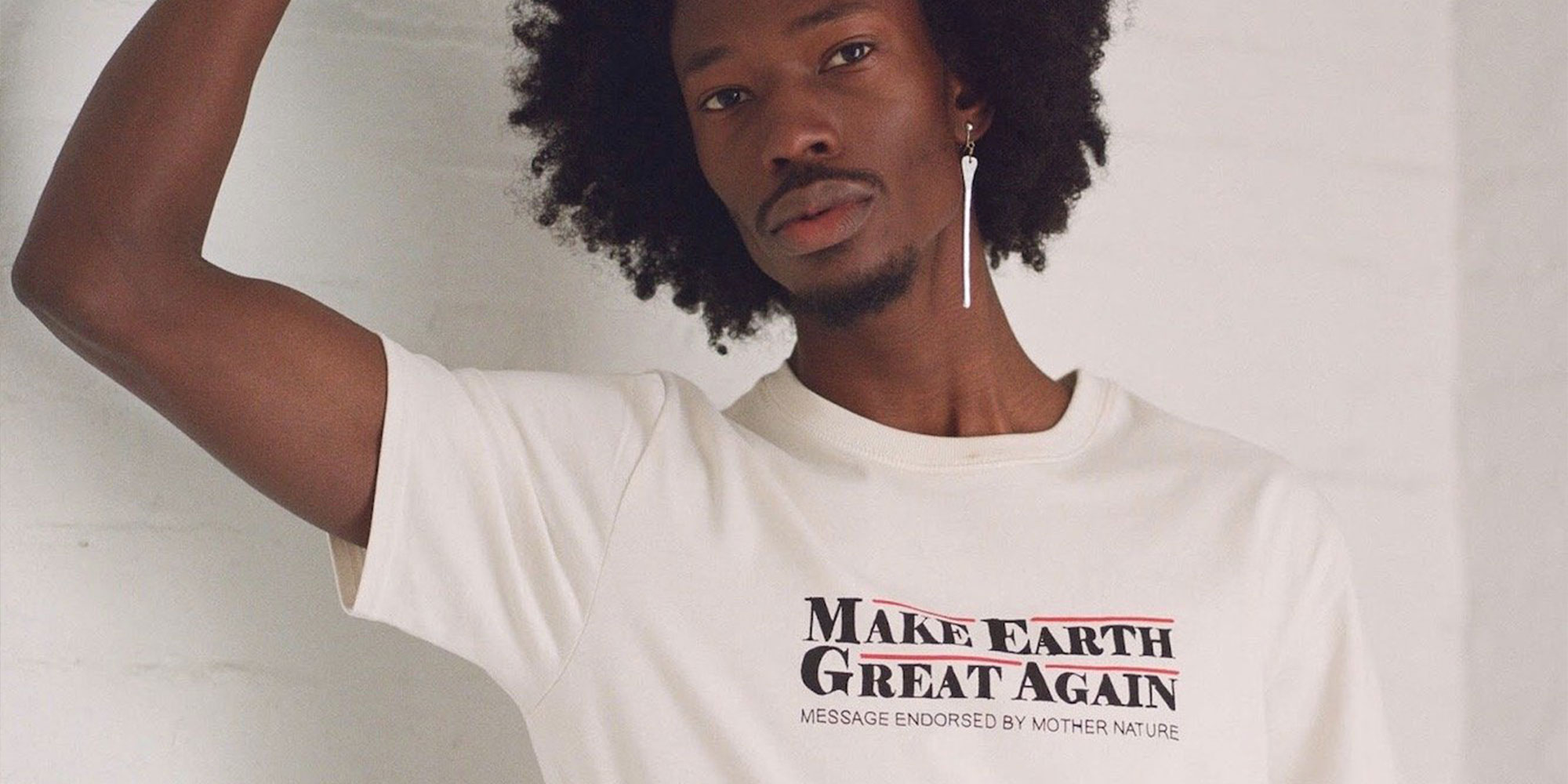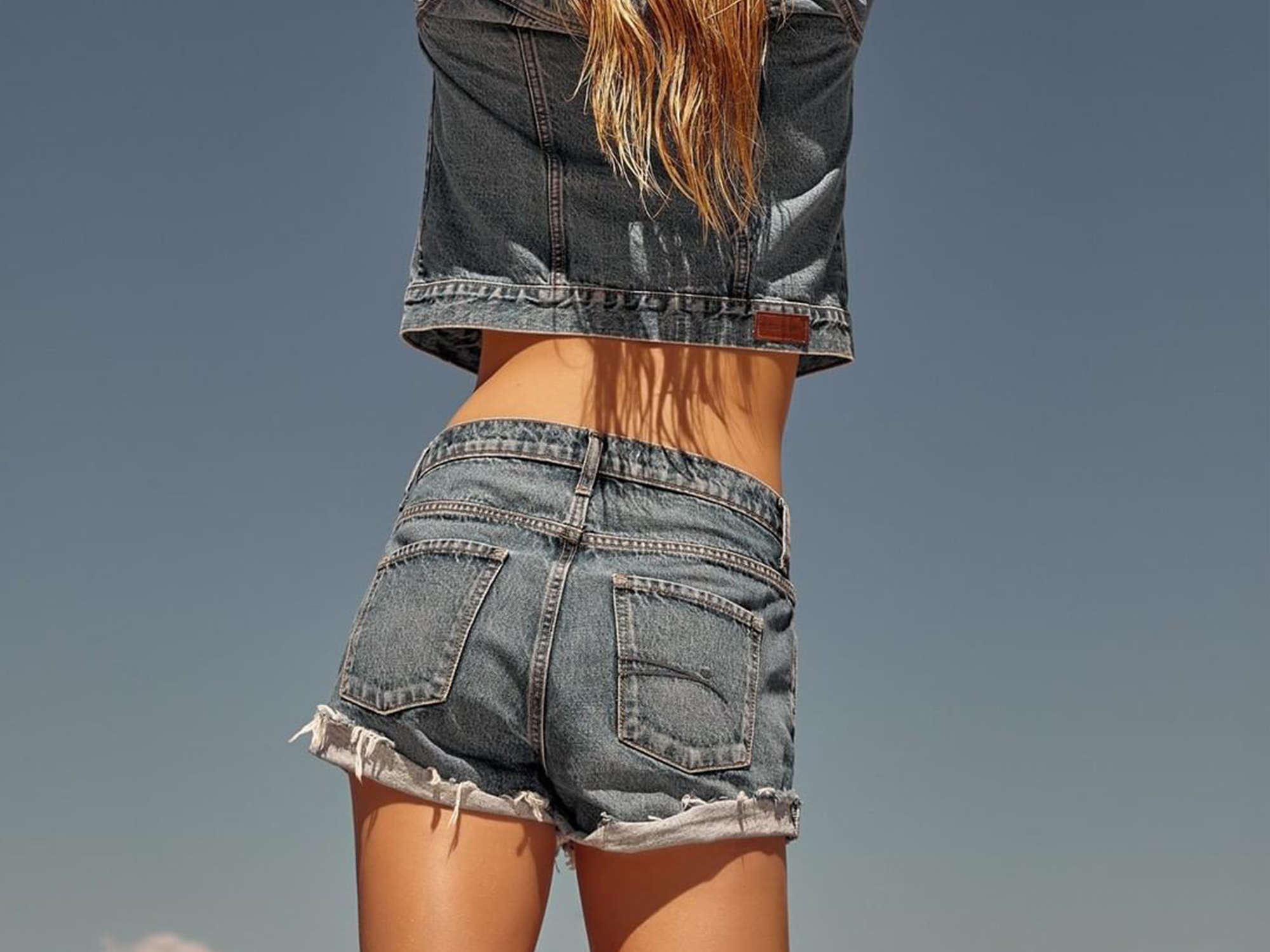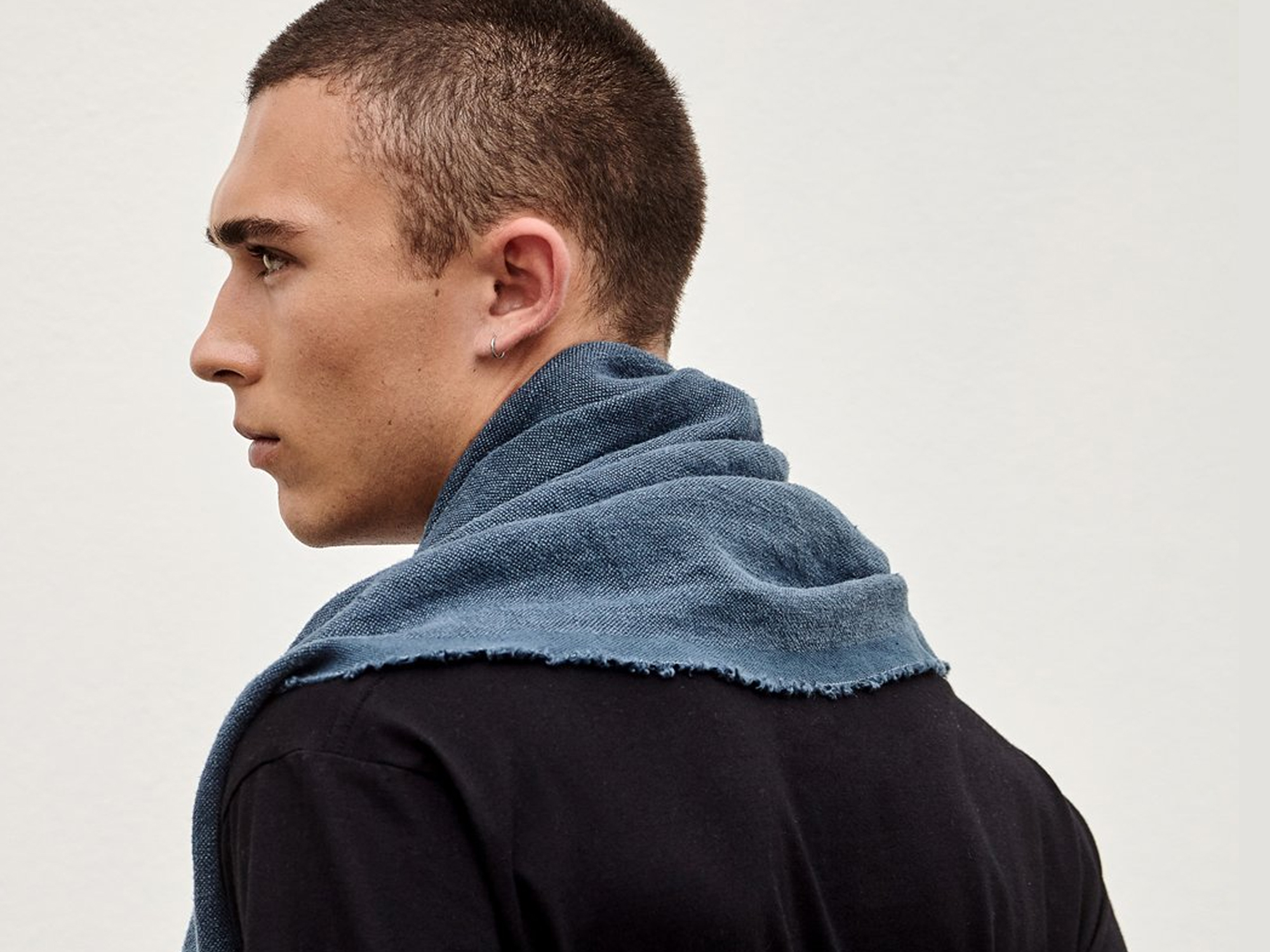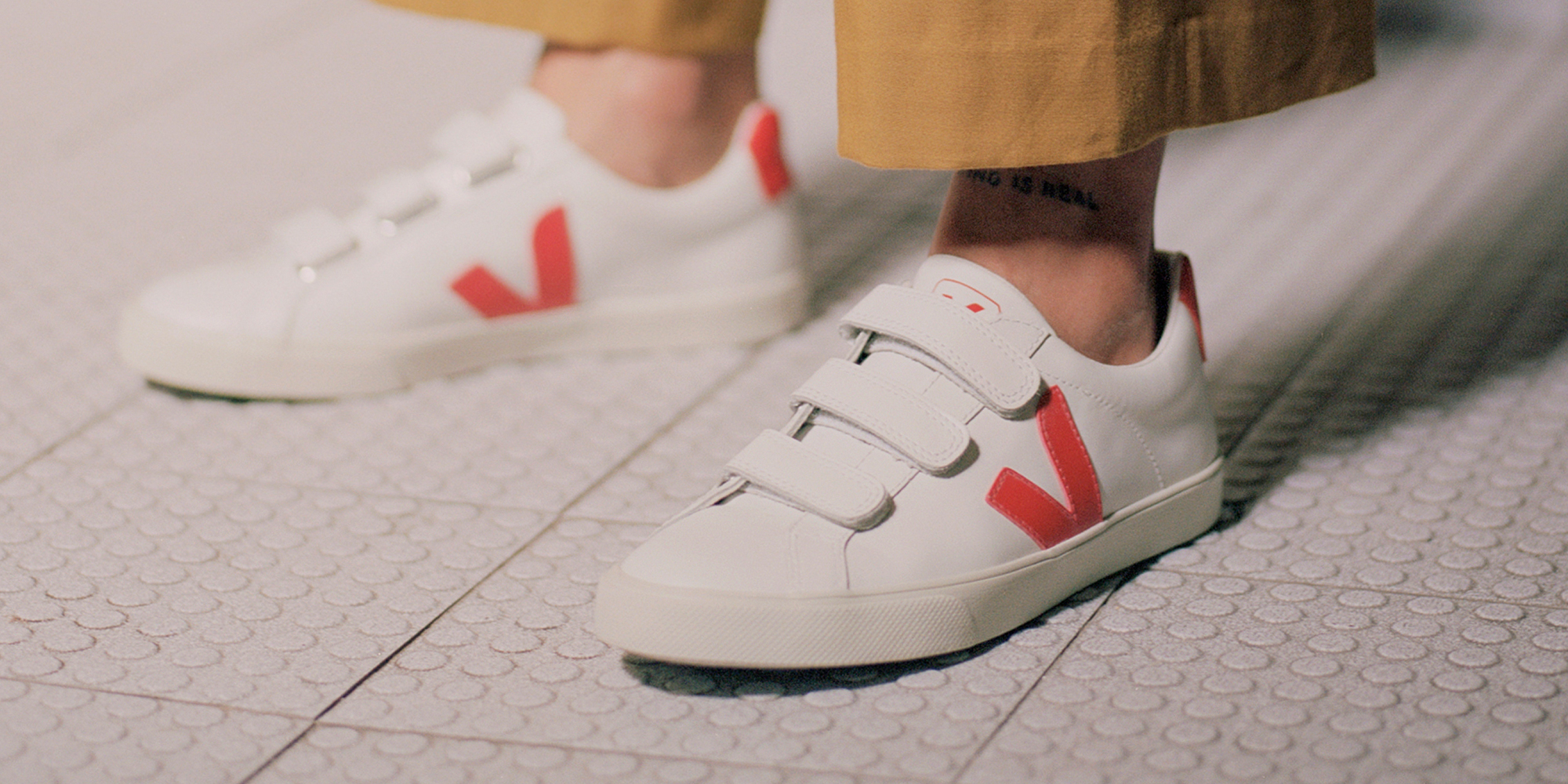Our editors curate highly rated brands that are first assessed by our rigorous ratings system. Buying through our links may earn us a commission—supporting the work we do. Learn more.
Popular online retailer ZAFUL is known for thousands of trendy items at low prices, but how ethical is ZAFUL? We rate the brand “We Avoid” for its lack of transparency. This article is based on the ZAFUL rating published in April 2023 and may not reflect claims the brand has made since then. Our ratings analysts are constantly rerating the thousands of brands you can check on our directory.
A sea of red flags
Landing on ZAFUL’s homepage is like a virtual slap in the face. With bold text boasting “75% off… flash sale… down to $2.99… hot deals… buy 1 get 1 free” and everything in between, it’s a shopaholic’s dream come true. But underneath all those flashing numbers trying to entice you into buying a bunch of clothes you probably don’t need, something sinister is going on.
In fact, it’s no secret people are iffy about ZAFUL. Some of the top searches when Googling the brand are enough to turn anybody off—” Are SHEIN and ZAFUL the same?”, “Is ZAFUL legit?”, “Is ZAFUL a scam?”. There are complaints about poor quality, dodgy shipping, and even people wondering if it’s safe to share your credit card information with the brand.
Manufactured in China but now with an office in the US, youth-oriented trend-driven ZAFUL ships worldwide so everyone can, ah, benefit? And with 6m followers on Instagram, it’s clearly popular despite the widespread misgivings. So, back up—how does it rate on our directory for people, the planet, and animals? How ethical is ZAFUL?
How sustainable is ZAFUL?
It’s pretty simple: ZAFUL doesn’t provide enough information about its products for us to be able to award it any points whatsoever. This lack of transparency is the biggest red flag of all because there is no way for us or you to know what is going on behind the scenes of this ultra fast fashion brand. Transparency is essential for keeping brands accountable and making more informed choices.
However, it is safe to assume that the garment workers pumping out thousands of products with prices as low as $1 for a necklace and $4 for a tank top aren’t likely paid a living wage. Although the brand’s manufacturing page says it is “serious about making sure every single person in the supply chain is safe at work, respected, and earns a living wage,” we would need to see published proof since people’s welfare isn’t a benefit-of-the-doubt kind of situation.
Under a short paragraph titled “Green Planet”, ZAFUL claims it is aiming to reduce the environmental footprint of the clothing industry. But the only specific it actually mentions is “using water-based screen printing inks”. And since chances are most purchases end up in landfill after the shortest love-hate relationship there ever was, ZAFUL has a long way to go before it can be called sustainable.
It should come as no surprise, then, that ZAFUL receives our lowest score of “We Avoid”, placing it right down there with the fast fashion brands we avoid at all costs. Keeping poor company with names like SHEIN, Missguided, and Boohoo is bad news for ZAFUL.
At the end of the day, you have a right to know how the products you buy affect the issues you care about, so our advice here is pretty simple—steer clear. You can do better.
Note that Good On You ratings consider hundreds of issues, and it is not possible to list every relevant issue in a summary of the brand’s performance. For more information, see our How We Rate page and our FAQs.
Good swaps
Here are some “Good” and “Great” alternatives to ZAFUL that prioritise workers, the environment, and animals in their production. Trust us; the ridiculously low price tag is the only thing you’ll be missing, and you’ll get far more value out of the pieces in the long run, anyway.





